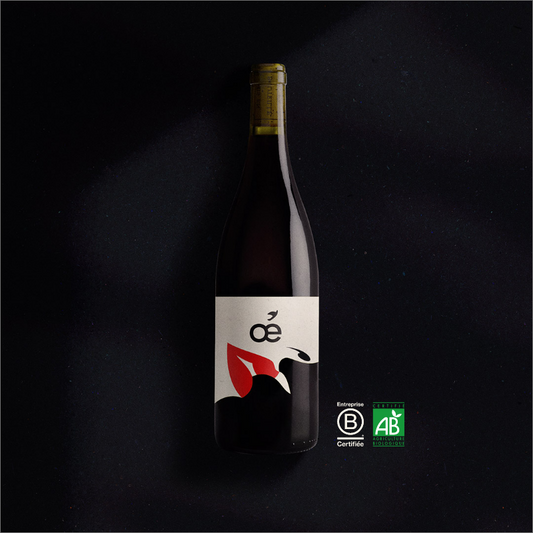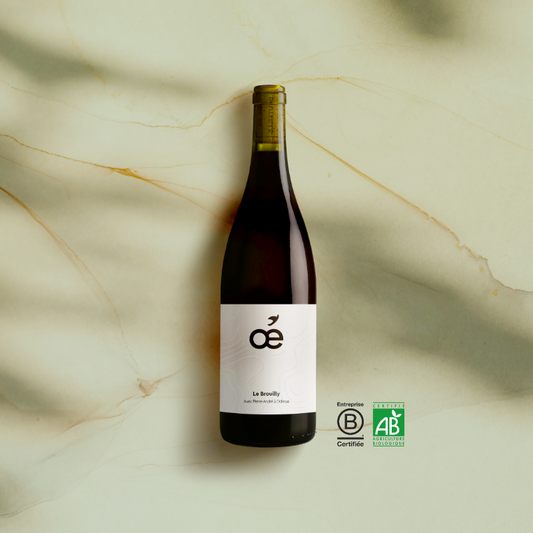There are 3 Alsatian appellations, AOC Alsace, AOC Alsace Grand Cru and AOC Crémant d'Alsace.
The Alsace appellation , born in 1962, is the most widespread in the vineyard (70% of the volume) and the one that includes all the Alsatian grape varieties. Indeed, the notion of grape variety in Alsace is of particular importance, the estates often articulate their cuvées around a single grape variety, thus creating what are called “monovarietal” wines. Alsatians have the rare privilege of being able to highlight the name of the grape variety, while the major producing countries of the New World mention them almost systematically, to such an extent that their names are almost assimilated to brands. The assembly is obviously authorized but little used, even if some advocate it and even defend the complantation. (different grape varieties on the same plot).
The 7 grape varieties authorized in Alsace
- The 3 pinots, from the same family, variation of a single plant: Pinot blanc , Pinot gris and Pinot noir .
- Then Riesling , Muscat , Sylvaner and Gewurztraminer .
Composition of the Alsatian vineyard
The Alsace appellation is made up of 90% white wines, ranging from very dry profiles, intensely mineral, to particularly rich in sugar, when the mention late harvest or selection of noble grains is added. AOC wines from the Pinot Blanc grape variety offer roundness and freshness, they know how to adapt to many dishes thanks to their characteristic balance. The wines made from the Gewurztraminer grape variety have a strong personality, this berry, when it reaches maturity, takes on a magnificent pink hue. Aromas of rose, lychee and spices are recurrent. This aromatic explosion is suitable for spicy dishes with Asian accents as well as powerful cheeses. If Gewurztraminer is the most famous grape variety for the production of sweet or sweet wine, it does not have a monopoly.
The Rieslings give impressive results. Considered the Alsatian king, it gains in complexity with age and takes on notes of hydrocarbons, honey, saffron...
The only red grape variety is Pinot Noir, it obviously gives red wine, which, well vinified, can give results close to the great Burgundies. The rosé exists, but remains confidential.
Alsace, a complex and mysterious region, produces some of the tastiest white wines in the world, to the delight of sommeliers and fine cooks. Its varied soils, its collection of cult grape varieties, and its passionate winegrowers, make Alsace a land of discoveries in perpetual evolution.







